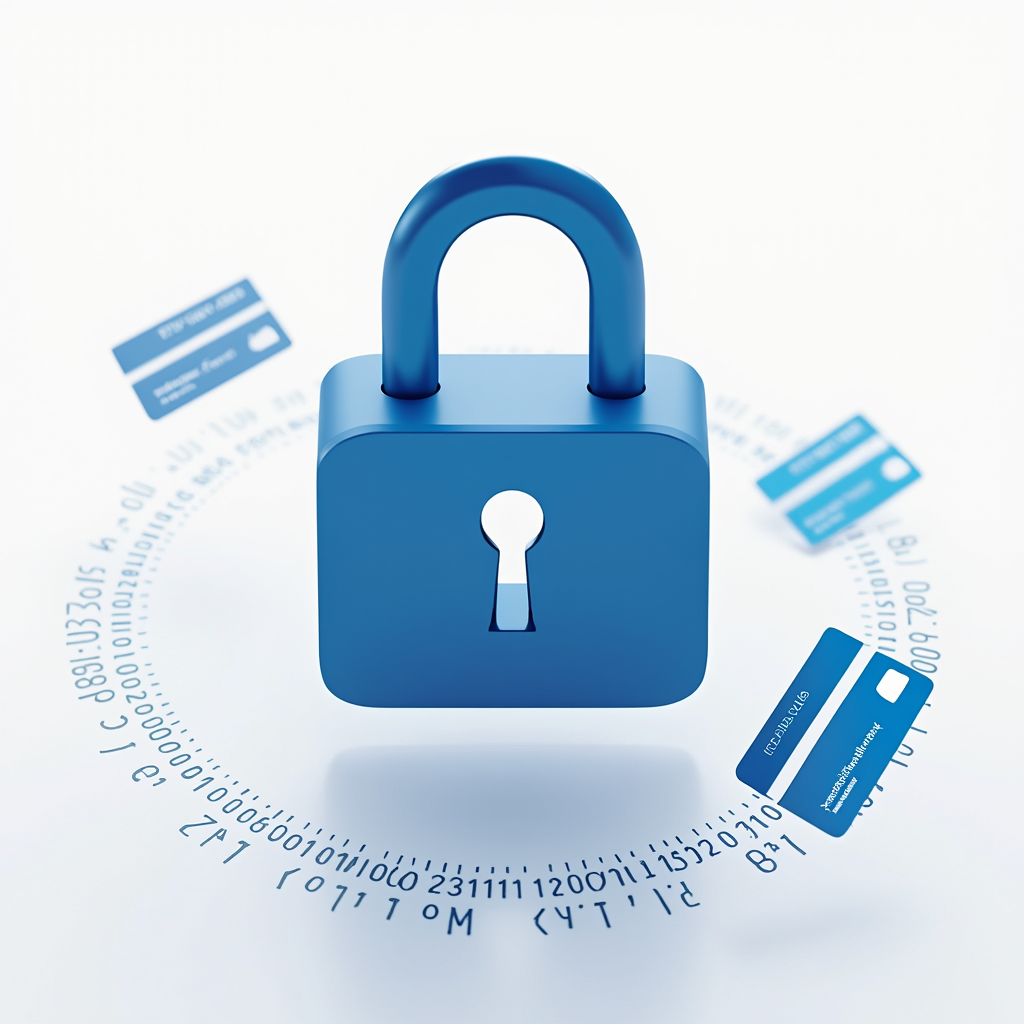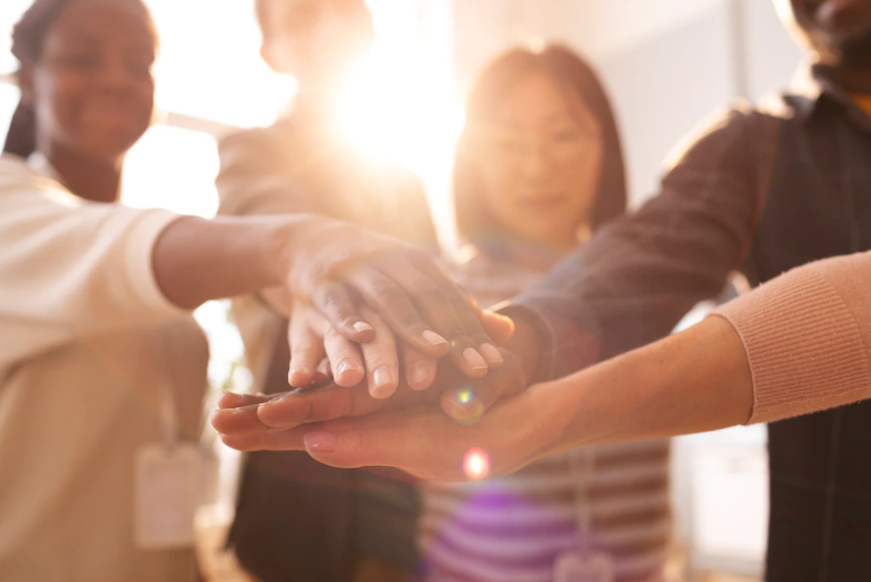COVID’s Ripple Effects for Nonprofits
We don’t yet know when the COVID-19 bump in giving will end.
Looking at May results from Aegis Processing Solutions, a caging company, number of responses were down 13% year-over-year in May, but average gift was up 20%, more than compensating. And this was versus May 2020, which had seen its own sizeable jump from May 2019.
 So it appears that people are still in a giving mindset. At the beginning of COVID-19, we’d warned folks not to pull back fundraising, knowing that historical trends showed that recessions don’t harm individual giving. And while much with COVID-19 has been unprecedented, there are still some historical lessons about what the communities we serve will be like because of where we’ve been.
So it appears that people are still in a giving mindset. At the beginning of COVID-19, we’d warned folks not to pull back fundraising, knowing that historical trends showed that recessions don’t harm individual giving. And while much with COVID-19 has been unprecedented, there are still some historical lessons about what the communities we serve will be like because of where we’ve been.
The good part is there may be a long-term net increase in life satisfaction and pro-social behavior. Studies of people who have their formative job experience in tough times finds that they are:
–> More satisfied with their jobs even decades later—if you must scrap to get a job when you are starting out, you don’t forget that.
–> More honest in their jobs—as those who come of age during prosperous times are more likely to cheat.
–> Less narcissistic—to the point that CEOs who came up through hard times tend to pay themselves less.
–> More other-focused. Researchers measured this ingeniously—through music. The songs that are popular in good times are more likely to use I/me/mine-type constructions, whereas music in bad times is more about we/us/ours. Further, the people who grow up with that music tend toward those individualistic or communal values.
Focusing on nonprofits, the giving increase we are seeing now will change people for the long-term. Both giving and not-giving are habits, and research shows that giving of even small amounts by people when they are younger leads to increased giving when older.
Both giving and not-giving are habits, and research shows that giving of even small amounts by people when they are younger leads to increased giving when older.
For over a decade, we’ve seen giving among all groups go down in the United States—all races, ages, marital statuses, religious affiliations, and educational level. If we can reinforce the giving we’ve seen of late and tie it to the fabric of who people believe themselves to be, we can turn the tide.
But first, we must grapple with a dark side to what happens to us during tough times. We think more of our community… but also draw the lines more narrowly around what our community means. In tough times empirically, White people have had more negative views of Black people, are more likely to stereotype, and more willing to accept inequality. Treatment of immigrants tends to be worse. Fear and dislike of people from foreign countries increases. Those cultural biases we’ve talked about in our fundraising become ever starker.
And just as we learn compassion and can take it through our lives, so too can we learn the negative impulse to draw our circles tighter and build walls around them.
It is our charge to make a world where, when we say “us” in our pop songs and increase our care for “us”, “us” means all of us.




